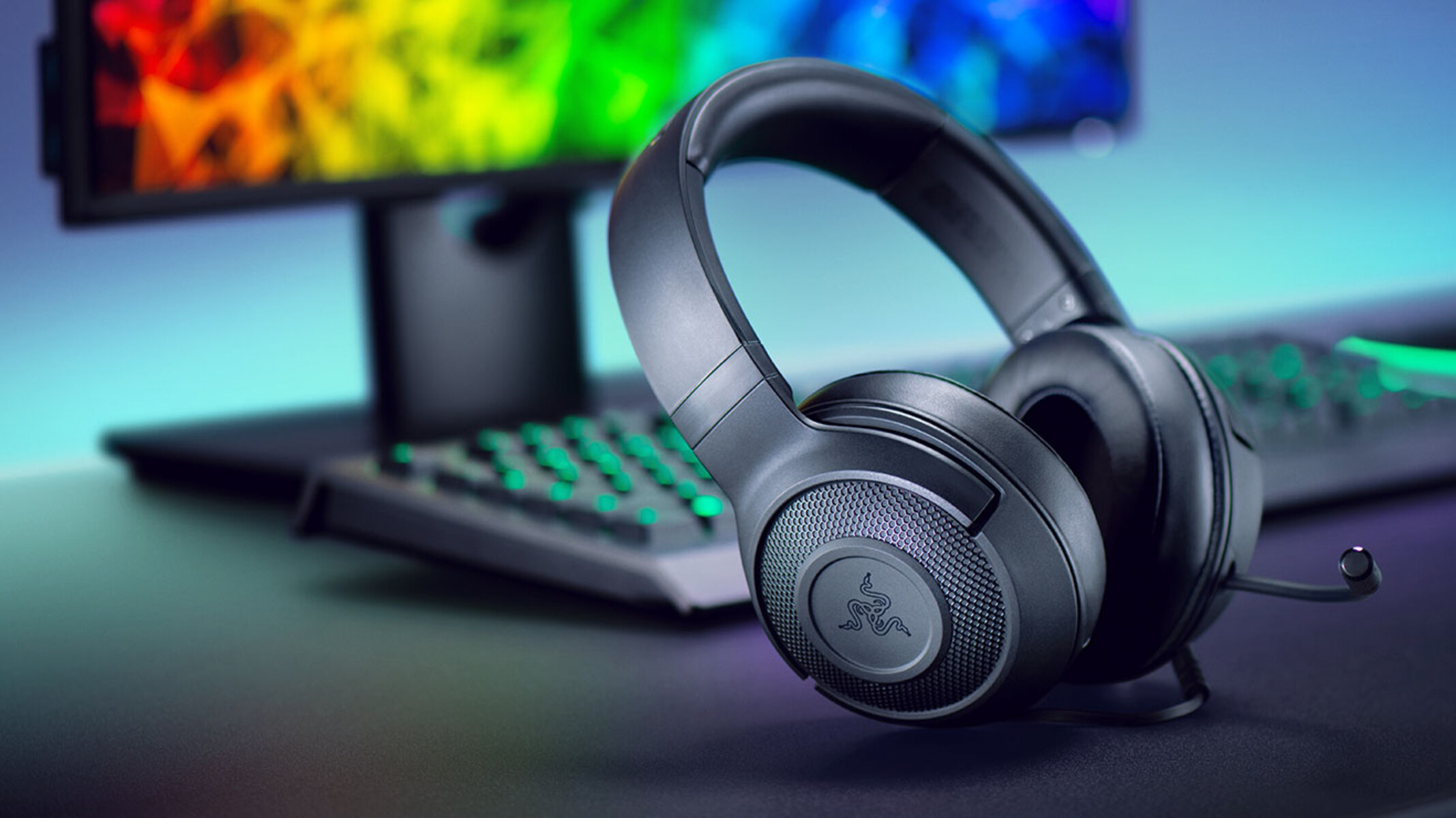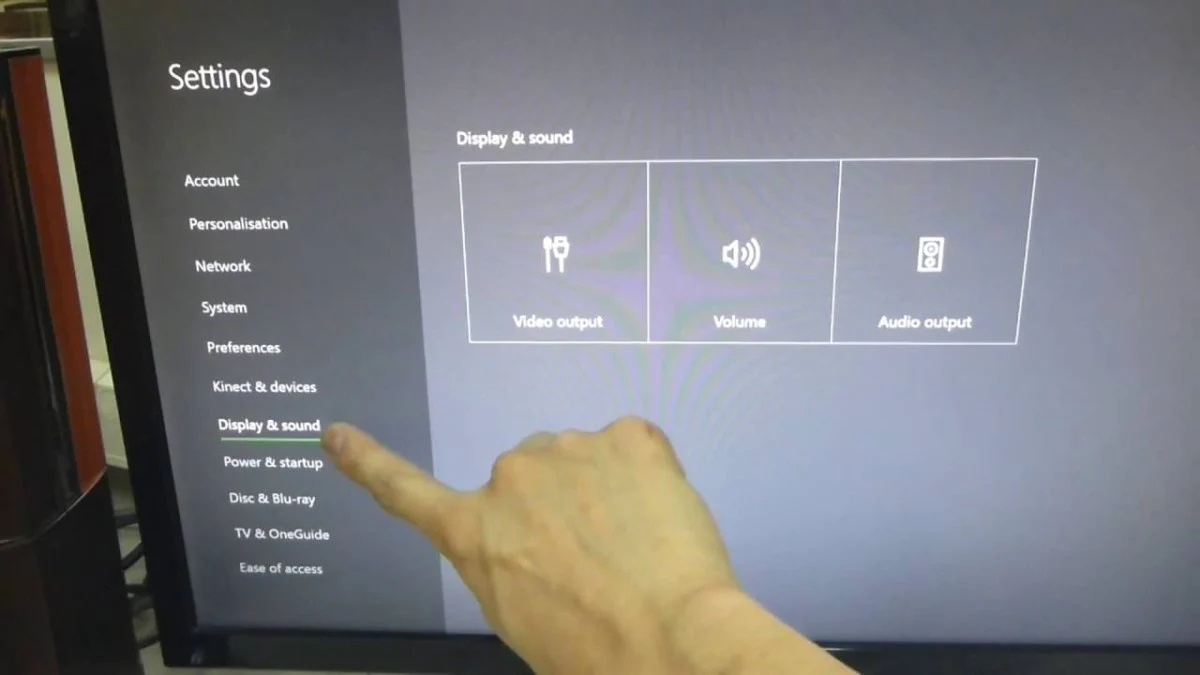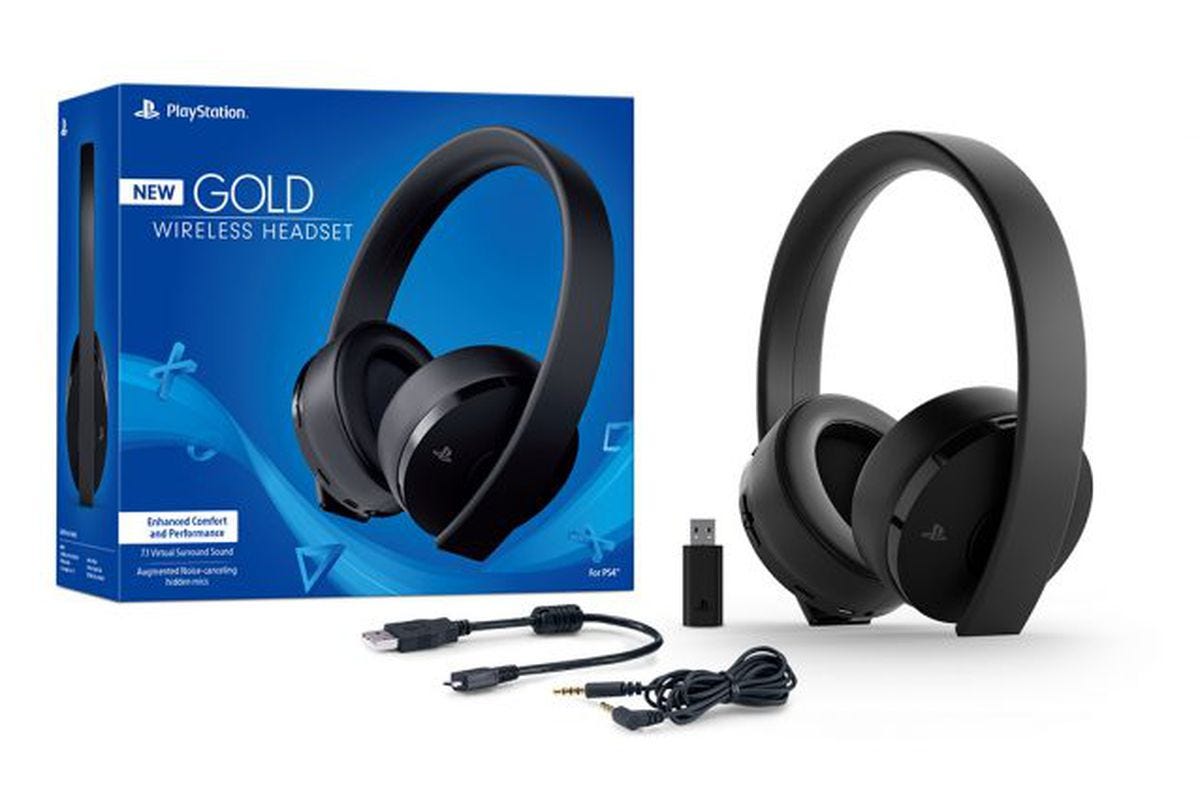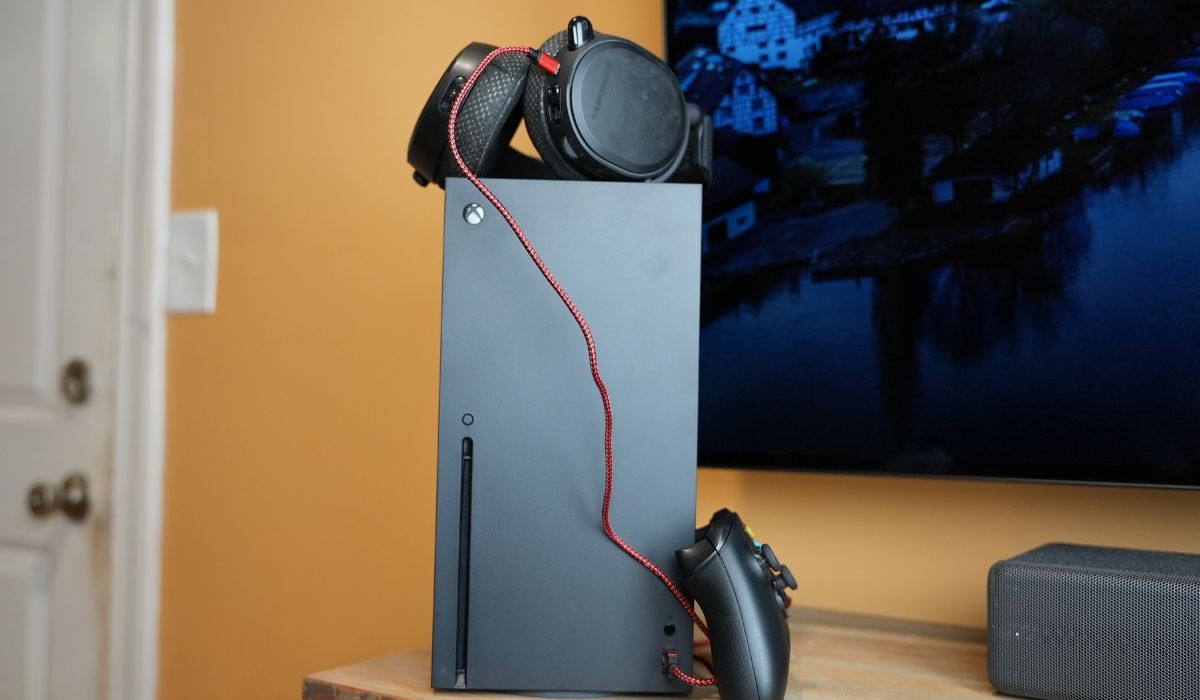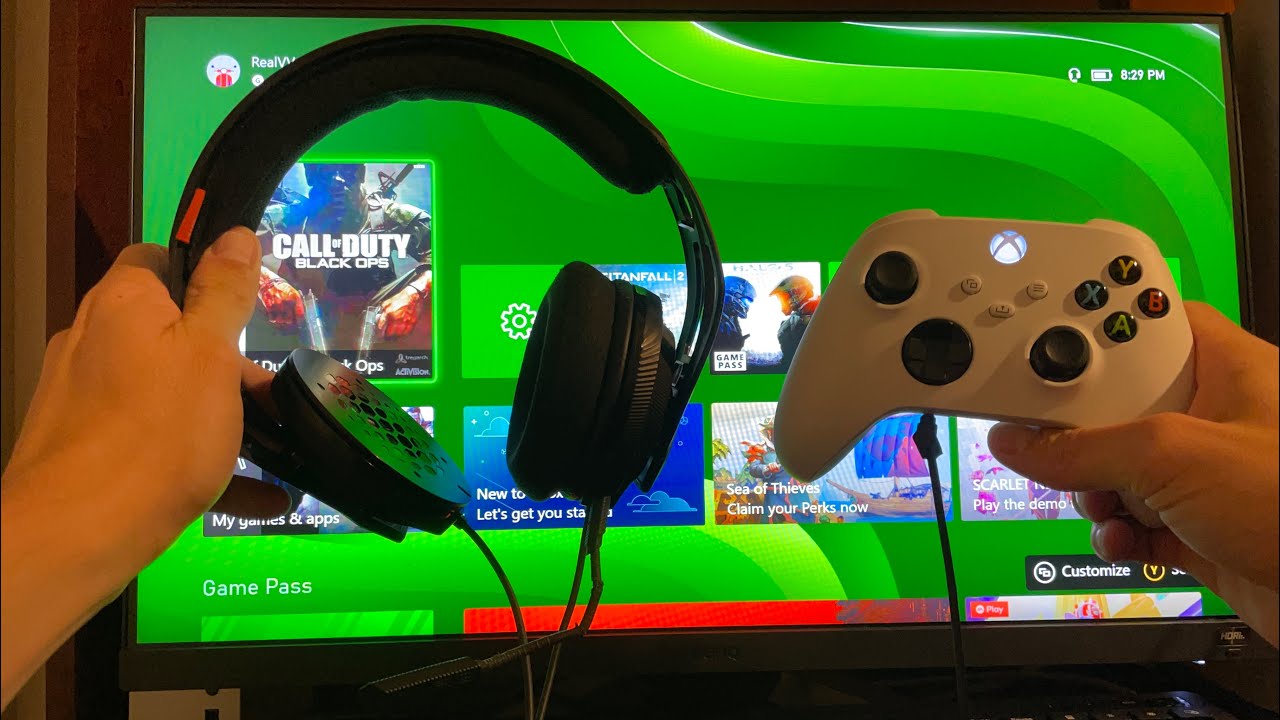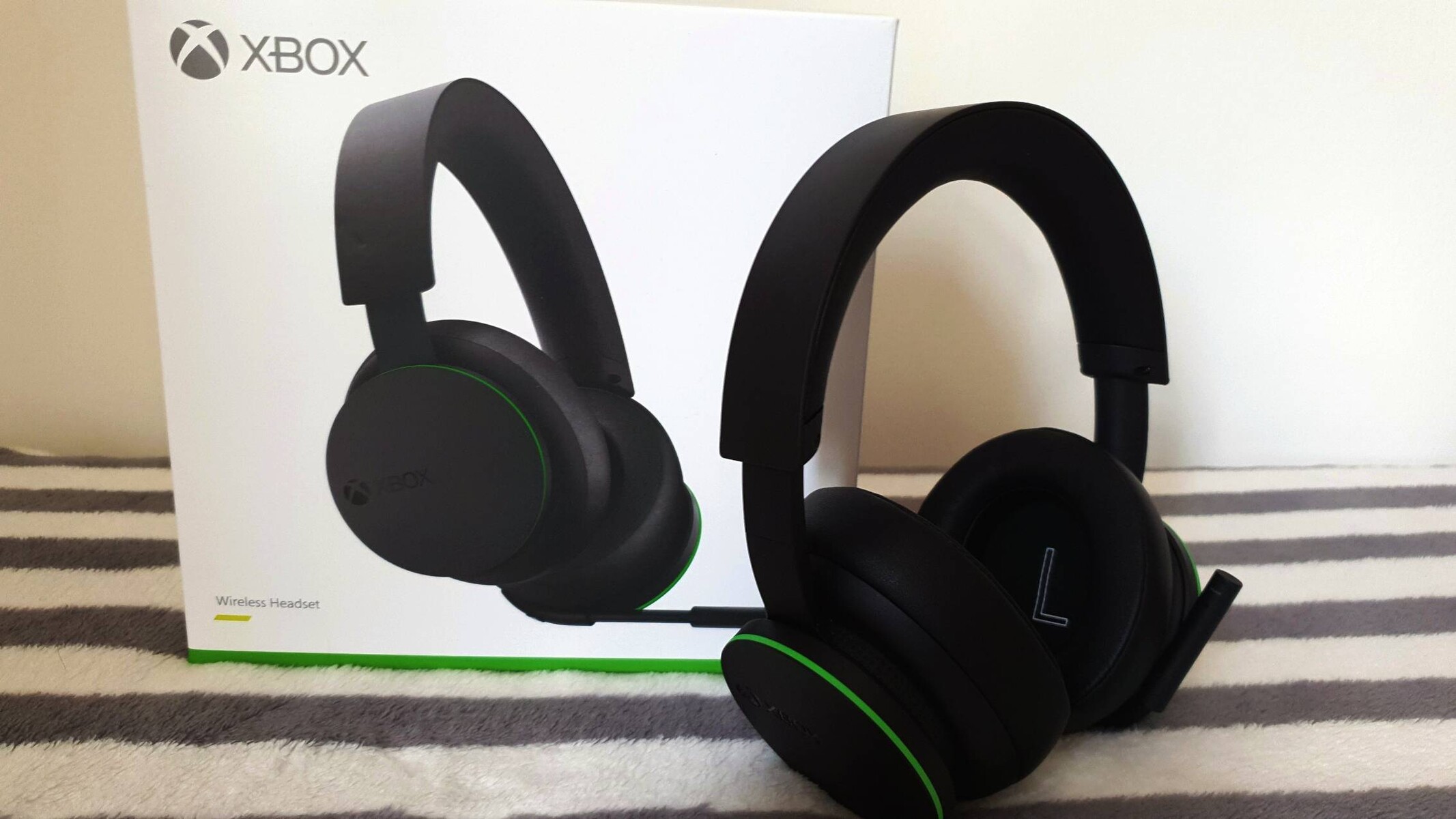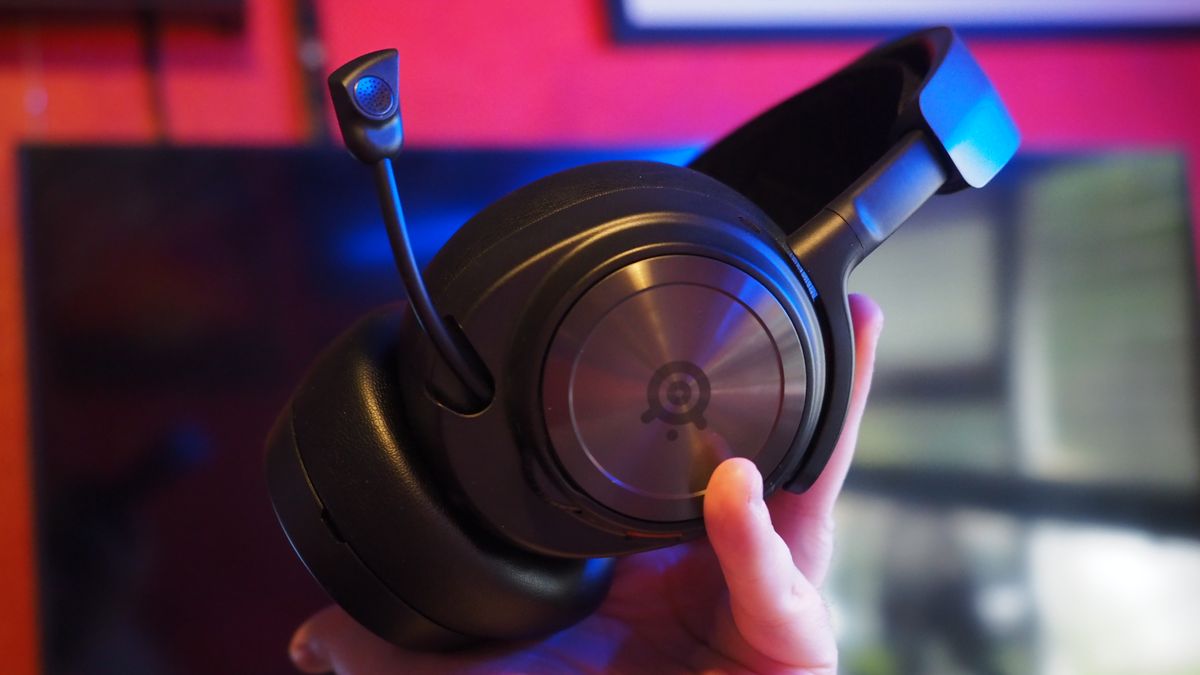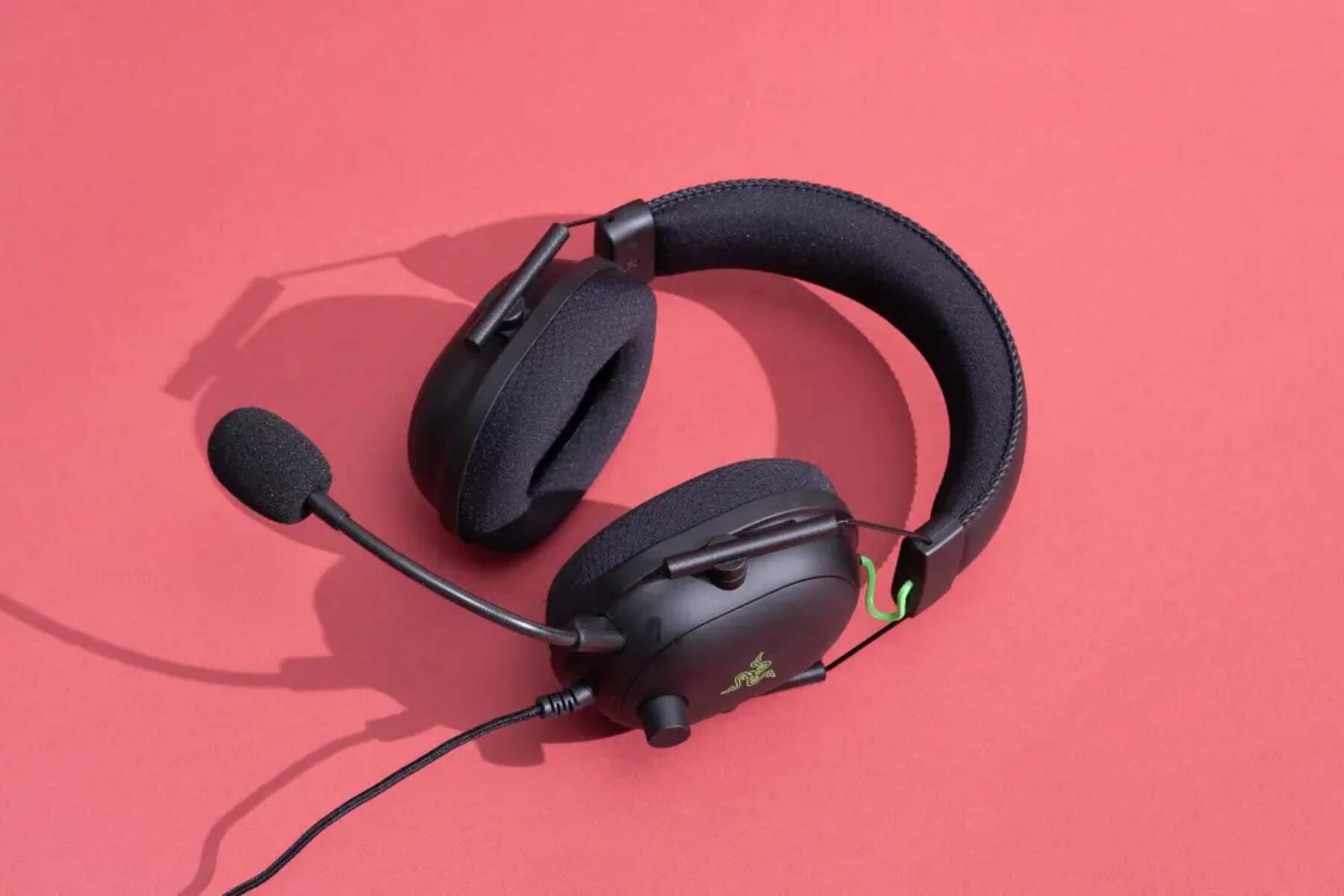Introduction
Voice monitoring on a gaming headset is a feature that allows gamers to hear their own voice through the headset's speakers or earpieces. This technology enables users to monitor the volume and clarity of their own speech while communicating with teammates or opponents during gameplay. Voice monitoring, also known as sidetone, has become a sought-after feature in modern gaming headsets due to its ability to enhance communication and overall gaming experience.
As the gaming industry continues to evolve, the demand for immersive and interactive gaming experiences has grown exponentially. Gamers are no longer satisfied with basic audio capabilities; they seek advanced features that can elevate their gameplay to new heights. Voice monitoring addresses the need for clear and audible communication, especially in team-based multiplayer games where effective coordination is crucial for success.
The integration of voice monitoring technology in gaming headsets has revolutionized the way players communicate with each other, providing a seamless and immersive experience. By offering real-time feedback on voice input, this feature ensures that gamers can adjust their speaking volume and tone to maintain effective communication without being disruptive or inaudible to their teammates.
In the following sections, we will delve deeper into the intricacies of voice monitoring, exploring its functionality, benefits, drawbacks, and practical usage. Understanding the mechanics of voice monitoring and its impact on the gaming community is essential for both novice and seasoned gamers. Let's embark on a journey to unravel the significance of voice monitoring in the realm of gaming headsets.
What Is Voice Monitoring?
Voice monitoring, also referred to as sidetone, is a feature integrated into gaming headsets that allows users to hear their own voice in real time while speaking into the microphone. This functionality provides immediate audio feedback by relaying the user’s voice through the headset’s speakers or earpieces, enabling them to self-monitor their speech during gaming sessions. Essentially, voice monitoring creates a closed loop where the user’s spoken words are captured by the microphone, transmitted to the headset’s speakers, and then heard by the user, completing the feedback cycle.
By implementing voice monitoring technology, gaming headset manufacturers aim to address the need for clear and intelligible communication among gamers. This feature allows users to gauge the volume, clarity, and overall quality of their voice as it is transmitted through the headset’s microphone. Voice monitoring serves as a valuable tool for gamers engaging in multiplayer gameplay, as effective communication is often the differentiating factor between victory and defeat in team-based scenarios.
Furthermore, voice monitoring is designed to create a more immersive and interactive gaming experience by providing users with a heightened sense of spatial awareness. By hearing their own voice through the headset, gamers can maintain a connection to their immediate surroundings while engaging in virtual environments. This spatial awareness can enhance the overall gaming experience and contribute to a more realistic and engaging audio environment.
As gaming continues to embrace the concept of virtual reality (VR) and augmented reality (AR), the role of voice monitoring becomes even more significant. In VR and AR applications, where users are fully immersed in digital environments, the ability to hear one’s own voice can add a layer of realism and depth to the experience, fostering a more natural and intuitive form of communication within virtual spaces.
Understanding the fundamental concept of voice monitoring is essential for gamers seeking to optimize their communication and audio experience. In the subsequent sections, we will explore the mechanics and practical implications of voice monitoring in gaming headsets, shedding light on its benefits, drawbacks, and effective usage.
How Does Voice Monitoring Work?
Voice monitoring operates through a sophisticated audio feedback system integrated into gaming headsets. When a user speaks into the headset’s microphone, the voice input is captured and transmitted to the headset’s audio processing unit. At this stage, the audio processing unit processes the voice input and redirects it to the headset’s speakers or earpieces, allowing the user to hear their own voice in real time. This seamless transmission of voice feedback creates a closed loop that enables users to self-monitor their speech during gaming sessions.
The implementation of voice monitoring technology involves precise audio processing algorithms that ensure minimal latency in transmitting the user’s voice back to the headset. This real-time feedback mechanism is essential for maintaining natural and fluid communication, as any noticeable delay in the voice feedback can disrupt the user’s speech patterns and hinder effective interaction with teammates or opponents.
Furthermore, the audio processing unit is equipped with features that enable users to adjust the volume and intensity of the voice monitoring feedback according to their preferences. This customization capability allows gamers to fine-tune the balance between their own voice and the in-game audio, ensuring that voice monitoring does not overpower other crucial auditory cues during gameplay.
From a technical standpoint, voice monitoring involves the integration of microphones, audio processors, and advanced audio playback systems within the gaming headset. These components work in tandem to capture, process, and deliver the user’s voice back to the headset in a seamless and transparent manner, enhancing the overall communication experience for gamers.
Understanding the underlying mechanics of how voice monitoring functions is essential for gamers who seek to harness the full potential of this feature. In the subsequent sections, we will delve into the benefits, drawbacks, and practical usage of voice monitoring on gaming headsets, providing insights into its impact on the gaming community and the overall gaming experience.
Benefits of Voice Monitoring
Voice monitoring on gaming headsets offers a myriad of benefits that significantly enhance the communication and overall gaming experience for users. Understanding these advantages is crucial for gamers seeking to optimize their interactions with teammates and immerse themselves in the virtual worlds they explore.
- Improved Communication: Voice monitoring enables users to maintain a clear and consistent volume while speaking, ensuring that their communication with teammates remains audible and intelligible. This feature is particularly valuable in fast-paced multiplayer games where effective coordination is paramount for success.
- Enhanced Spatial Awareness: By hearing their own voice through the headset, gamers gain a heightened sense of spatial awareness within the virtual environment. This spatial awareness contributes to a more immersive gaming experience, allowing users to stay connected to their surroundings while engaging in intense gameplay.
- Real-Time Feedback: Voice monitoring provides immediate feedback on the user’s voice input, allowing them to adjust their speaking volume and tone as needed. This real-time feedback loop ensures that users can adapt their communication style to maintain optimal clarity and coherence during gameplay.
- Customization Options: Many gaming headsets with voice monitoring capabilities offer customization options, allowing users to adjust the volume and intensity of the voice feedback according to their preferences. This level of customization ensures that voice monitoring seamlessly integrates with the overall audio experience without overpowering other in-game sounds.
- Immersion in Virtual Reality: In virtual reality (VR) and augmented reality (AR) applications, voice monitoring adds a layer of realism by allowing users to hear their own voice within the digital environment. This immersive feature contributes to a more natural and intuitive form of communication within virtual spaces.
By harnessing the benefits of voice monitoring, gamers can elevate their communication skills, enhance their spatial awareness, and immerse themselves more deeply in the virtual worlds they explore. The practical implications of these advantages are evident in the seamless coordination and heightened engagement that voice monitoring facilitates during gaming sessions.
Drawbacks of Voice Monitoring
While voice monitoring offers significant advantages for gamers, it is important to acknowledge the potential drawbacks associated with this feature. Understanding these limitations can help users make informed decisions about its usage and consider alternative communication methods when necessary.
- Audio Feedback Loop: In some cases, the continuous transmission of the user’s voice back into the headset can create an audio feedback loop, resulting in an echo or distortion. This phenomenon can be disruptive and detract from the overall gaming experience, especially if the voice monitoring system is not properly calibrated.
- Distraction and Overstimulation: Voice monitoring, if not adjusted appropriately, can lead to distraction and overstimulation, particularly in intense gaming scenarios. The constant presence of one’s own voice in the headset’s audio mix may detract from the user’s ability to focus on crucial in-game audio cues and environmental sounds.
- Dependency on Personal Preferences: The effectiveness of voice monitoring is heavily dependent on individual preferences and comfort levels. Some users may find the constant presence of their own voice distracting, while others may benefit from the real-time feedback it provides. This variability in user preference can impact the overall utility of voice monitoring for different individuals.
- Technical Limitations: Voice monitoring systems may encounter technical limitations, such as latency issues or inconsistent audio processing, which can diminish the quality of the user’s voice feedback. These technical challenges can impede the seamless operation of voice monitoring and result in suboptimal communication experiences.
- Compatibility Concerns: Not all gaming platforms or software applications fully support voice monitoring features, leading to compatibility concerns for users who rely on this functionality. The lack of universal compatibility across gaming ecosystems may limit the widespread adoption and effectiveness of voice monitoring.
Recognizing and addressing these drawbacks is essential for ensuring that voice monitoring enhances, rather than hinders, the gaming experience. By acknowledging the potential challenges associated with this feature, users can take proactive measures to optimize its functionality and explore alternative communication methods when necessary.
How to Use Voice Monitoring on a Gaming Headset
Utilizing voice monitoring on a gaming headset involves several key steps to ensure optimal performance and seamless integration with the overall gaming experience. By following these guidelines, users can harness the full potential of voice monitoring and enhance their communication capabilities during gameplay.
- Enable Voice Monitoring: Depending on the specific gaming headset model, users may need to enable the voice monitoring feature through the headset’s accompanying software or control panel. This initial step ensures that the headset is configured to transmit the user’s voice feedback to the speakers or earpieces.
- Adjust Voice Monitoring Settings: Many gaming headsets offer customization options for voice monitoring, allowing users to adjust the volume and intensity of the voice feedback according to their preferences. Users should explore these settings to find the optimal balance between their own voice and the in-game audio cues.
- Test Voice Monitoring Levels: Before engaging in intense gameplay, users can conduct a brief test to ensure that the voice monitoring levels are conducive to clear and coherent communication. Speaking into the microphone and listening to the voice feedback can help users gauge the effectiveness of the feature and make necessary adjustments.
- Maintain a Natural Speaking Volume: When using voice monitoring, it is important for users to maintain a natural speaking volume that is audible to teammates without being overly disruptive. The real-time feedback provided by voice monitoring can assist users in modulating their speaking volume to achieve optimal communication clarity.
- Monitor for Audio Feedback: Users should be vigilant for any instances of audio feedback loops, echoes, or distortions that may arise during voice monitoring. If such issues occur, users can adjust the voice monitoring settings or microphone positioning to mitigate these disruptions.
By following these practical steps, gamers can effectively utilize voice monitoring on their gaming headsets, fostering clear and coherent communication with teammates and enhancing their overall gaming experience. The seamless integration of voice monitoring into the gaming environment empowers users to engage in immersive and interactive gameplay while maintaining effective communication channels.
Conclusion
Voice monitoring, or sidetone, stands as a pivotal feature in modern gaming headsets, offering users a valuable tool for enhancing communication and spatial awareness during gameplay. By providing real-time feedback on the user’s voice input, voice monitoring fosters clear and coherent communication, a crucial element in team-based multiplayer gaming scenarios. The benefits of voice monitoring, including improved communication, enhanced spatial awareness, and real-time feedback, contribute to a more immersive and engaging gaming experience for users.
However, it is essential to acknowledge the potential drawbacks associated with voice monitoring, such as audio feedback loops, distraction, and technical limitations. Understanding these limitations empowers users to address and mitigate potential challenges, ensuring that voice monitoring enhances, rather than hinders, the overall gaming experience.
By following best practices for using voice monitoring on gaming headsets, including enabling the feature, adjusting settings, testing voice monitoring levels, maintaining a natural speaking volume, and monitoring for audio feedback, users can optimize the functionality of this feature and leverage it to its full potential.
As the gaming industry continues to evolve, voice monitoring remains a critical component in the pursuit of immersive and interactive gaming experiences. The integration of voice monitoring technology in gaming headsets underscores the industry’s commitment to enhancing communication, spatial awareness, and overall user engagement. By embracing the capabilities of voice monitoring and addressing its limitations, gamers can elevate their communication skills and immerse themselves more deeply in the virtual worlds they explore.
Ultimately, voice monitoring serves as a testament to the ongoing innovation and advancement in gaming technology, enriching the gaming experience and fostering seamless interactions among players in virtual environments. As users continue to harness the benefits of voice monitoring and navigate its practical implications, the feature will undoubtedly remain a cornerstone of effective communication and immersive gameplay in the gaming landscape.







